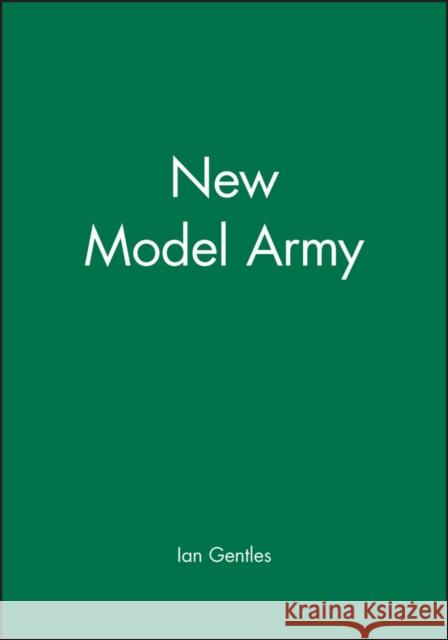The New Model Army: In England, Ireland and Scotland, 1645 - 1653 » książka
topmenu
The New Model Army: In England, Ireland and Scotland, 1645 - 1653
ISBN-13: 9780631193470 / Angielski / Miękka / 1994 / 604 str.
aeo The most comprehensive history ever written of one of the most effective (and one of the oddest) armies the world has ever seen. aeo Based entirely on contemporary sources.











